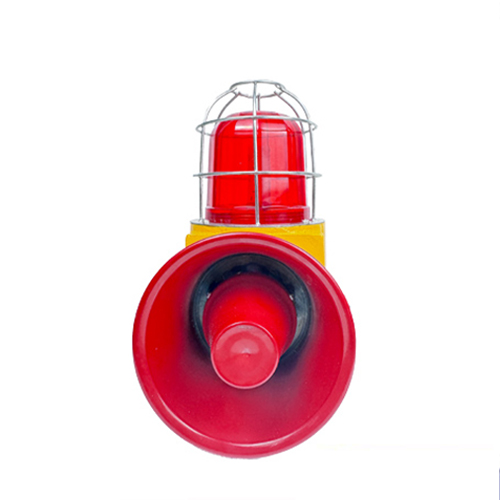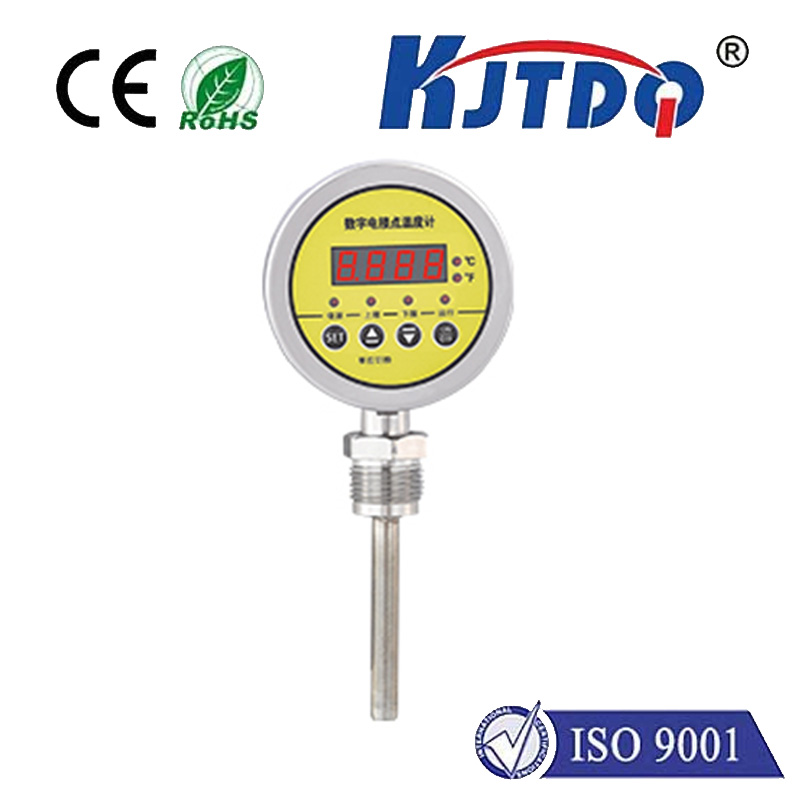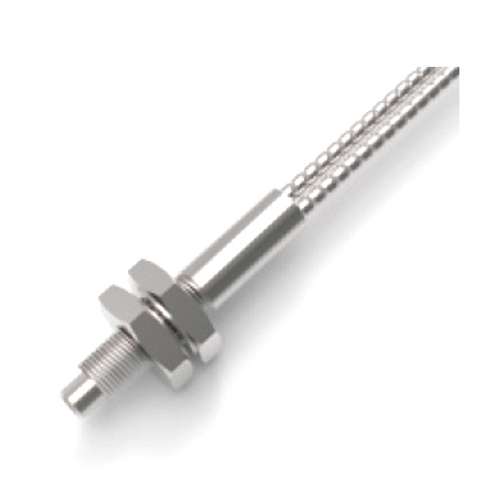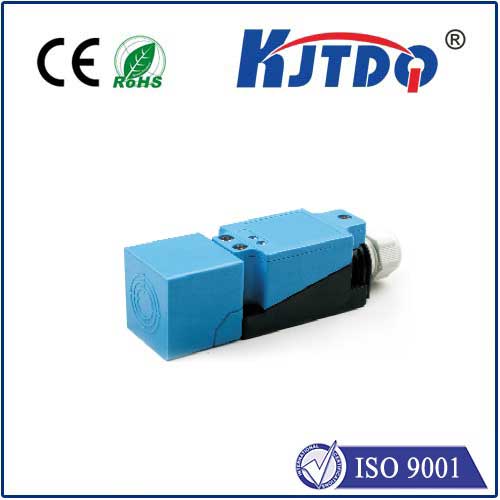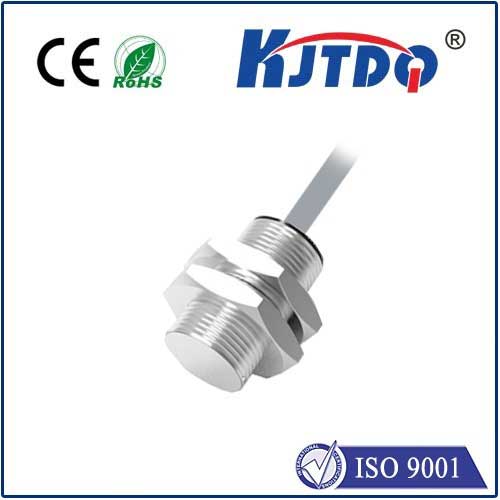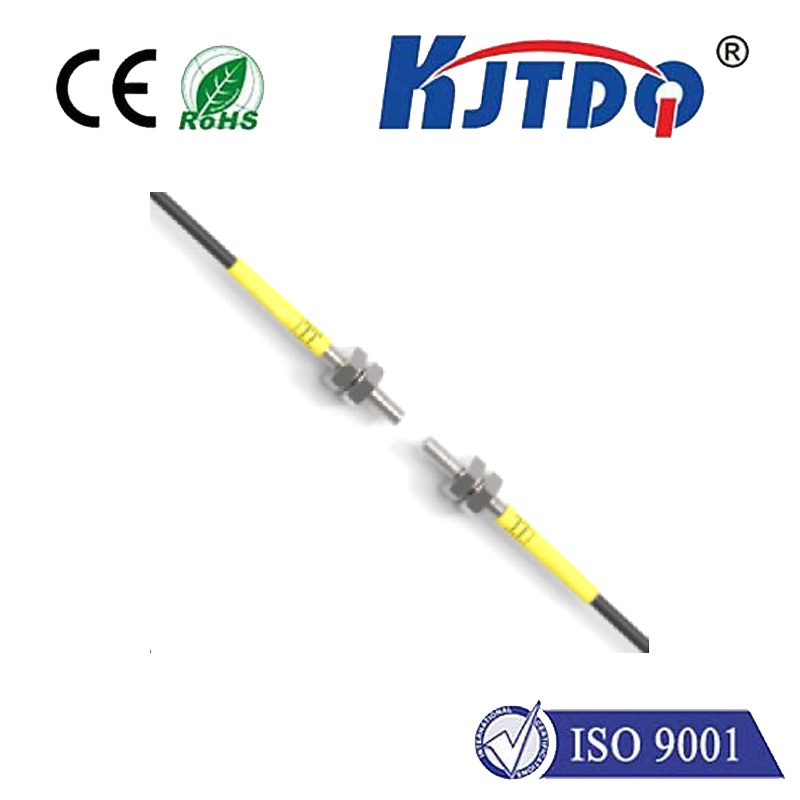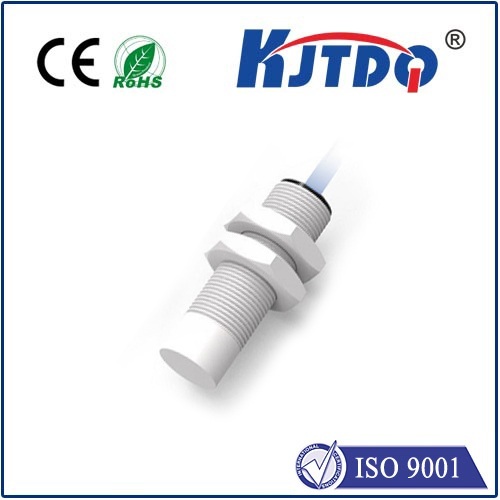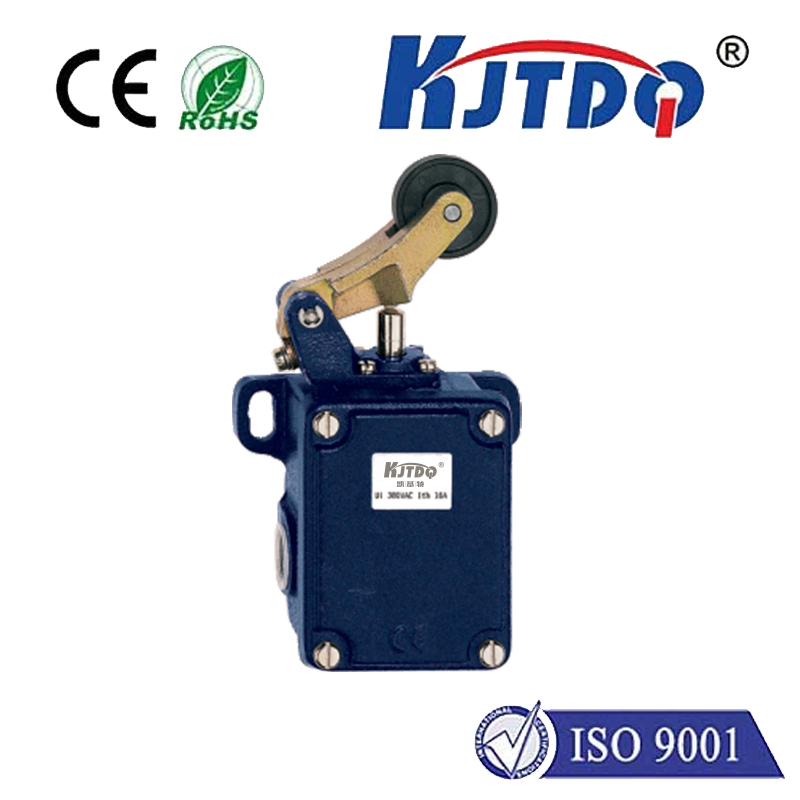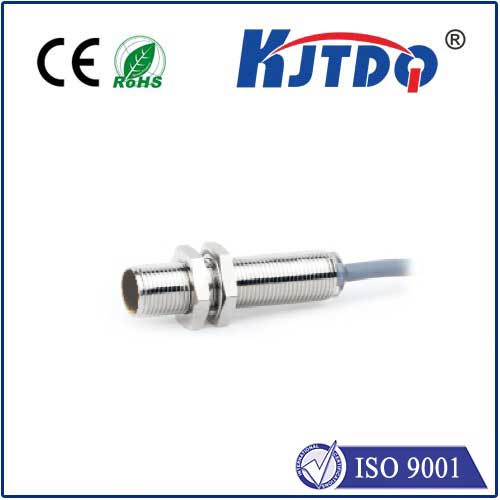Фотоэлектрический датчик npn
- time:2025-09-10 20:06:33
- Нажмите:0
NPN Photoelectric Sensors: The Unsung Heroes Driving Industrial Automation
Imagine a world where conveyor belts grind to a halt without warning, where robotic arms flail blindly, and where packaging lines become chaotic jumbles. This is the reality without the silent, vigilant sentinels embedded within modern machinery: photoelectric sensors. Among these, the NPN photoelectric sensor stands as a cornerstone, particularly in countless industrial automation applications. Understanding how they work and why NPN is often the preferred choice is key to unlocking their potential.
Seeing the Unseen: The Core Principle
At its heart, a photoelectric sensor operates on a beautifully simple principle: light and detection. It consists of two fundamental parts:
- Emitter: Typically an LED (Light Emitting Diode), often infrared for reliability, though visible red or laser options exist for precise tasks. This generates a focused beam of light.
- Receiver: A photosensitive component, usually a phototransistor or photodiode, designed to detect the presence (or absence) of the emitter’s light beam.
The magic happens when an object interrupts or reflects this light beam, triggering a change in the receiver’s electrical state. This state change is then converted into an electrical signal – essentially a Цифровой вывод (ON or OFF) – that the control system (like a PLC - Programmable Logic Controller) can understand and act upon. Think of it as the machine’s digital eyes.
NPN vs. PNP: Decoding the Output Signal
This is where the “NPN” designation becomes critically important. It refers to the type of transistor used in the sensor’s output circuit and dictates how the sensor signals its detection state to the controller.
NPN Sensor (Sinking Output):
When the sensor detects its target (beam broken, object present in diffuse mode, etc.), its internal NPN transistor switches on.

This effectively connects the sensor’s output signal wire to the negative (0V or GND) supply line.
In this state, the output acts like a switch to ground. To complete the circuit and activate the load (e.g., a PLC input), the load must be connected to the positive voltage supply (+V). The current sinks from the load, through the sensor output, to ground.
Analogy: Think of the NPN output as a “ground switch.” Active (detection) = Output connected to ground.
PNP Sensor (Sourcing Output):
When active (detection), the internal PNP transistor switches on, connecting the output signal wire to the positive (+V) supply line.
Here, the output acts like a switch to positive voltage. The load must be connected to ground (0V). Current sources from the sensor output, through the load, to ground.
Analogy: The PNP output is a “+V switch.” Active = Output connected to positive voltage.
Why Choose an NPN Photoelectric Sensor?
The choice between NPN and PNP often depends on regional conventions and the specific controller’s input requirements. However, NPN photoelectric sensors hold distinct advantages in many scenarios:
- Safety Philosophy (Fail-Safe): In critical safety systems, a key principle is that a wire break or loss of power should cause the system to enter a safe state (often “stop”). Because NPN sensors require the positive supply to be actively connected to the PLC input for an “ON” signal, a broken wire on the sensor output or signal line typically results in the PLC input seeing no voltage (OFF state). This inherently fail-safe behavior aligns well with safety considerations in many designs. This is a significant driver for NPN’s popularity in industrial settings.
- Compatibility: Many globally manufactured PLCs, especially those designed for markets with strong NPN traditions (like Asia), have input circuits optimized for sinking (NPN) signals. Using an NPN sensor simplifies wiring directly to these inputs.
- Circuit Design: Certain circuit configurations, especially those involving multiple sensors or specific grounding schemes, can be simpler or more robust with NPN sourcing.
Operating Modes: Tailoring Detection
NPN photoelectric sensors come in diverse operating modes to suit various detection challenges:
- Through-Beam (Opposed Mode): Emitter and receiver face each other. Detection occurs when an object breaks the beam. Offers the longest sensing range and highest reliability since the receiver gets strong direct light. Ideal for precise counting, small object detection, or long-range applications.
- Retro-Reflective: Emitter and receiver are housed together. They detect an object that breaks the beam bouncing back from a fixed reflector. Easier installation than through-beam (only one device to mount) but slightly shorter range and can be fooled by highly reflective targets.
- Diffuse Reflective (Proximity Mode): Emitter and receiver are housed together. They detect an object when it is close enough that the emitted light reflects off the target and back to the receiver. Simplest to install (only one device), but range is shortest and performance depends heavily on the target’s color, texture, and reflectivity. Often features background suppression (BGS) technology to ignore objects beyond a set distance.
The Ubiquitous Applications of NPN Sensors
The robustness and versatility of NPN photoelectric sensors make them indispensable across countless sectors:
- Manufacturing & Assembly Lines: Detecting parts on conveyors, verifying component presence, counting products, controlling robotic arm positioning, monitoring fill levels.
- Packaging Machinery: Verifying case erection, detecting labels, ensuring product presence in cartons, controlling film wrapping start/stop points.
- Перевозка материалов: Detecting pallets, triggering sortation gates, confirming box position for stacking, sensing objects on elevators.
- Автомобильная промышленность: Verifying component assembly sequence, detecting robots in work cells, monitoring part presence in welding stations.
- Food & Beverage: Detecting bottles or cans on filling lines, verifying cap presence, checking label application, level sensing in tanks (using specialized sensors).
Selecting the Right NPN Photoelectric Sensor
Choosing the optimal sensor involves considering several factors:
- Detection Task: Object size, material, color, required sensing range? (Dictates mode: through-beam, retro, diffuse).
- Environment: Dust, fog, dirt, temperature extremes, vibration, washdown requirements? (Necessitates specific housing IP ratings and construction).
- Output Requirements: Standard NPN transistor output sufficient? Need a relay, analog, or IO-Link for diagnostics/data?
- Power Supply: Ensure compatibility with the available DC voltage (commonly 10-30V DC).
- Connection: Pre-wired cable, quick-disconnect (M8, M12 connectors)?
- Special Features: Required background suppression for diffuse mode? Need time-delay functions? Polarized filter for retro mode to ignore shiny objects?
Integrating Reliability and Flexibility
NPN photoelectric sensors embody a perfect blend of fundamental physics, robust engineering, and practical application focus. Their ability to provide reliable, non-contact object detection – particularly with the inherent safety and compatibility advantages of the sinking (NPN) output configuration – ensures their enduring presence as foundational components in the intricate dance of modern industrial automation. By understanding their operating principles, distinguishing features like the NPN output,

